340 stroker 422
I also built a Chevy 350 early LT1 that is a cc'd 12.5:1 compression ratio with a negative deck clearance (pistons stick out of the block at TDC by .020), running a permatorque head gasket that is .034 compressed. The cam is a Sig Erson HiFlow I Hydraulic installed straight up. Carb is a Holley 780 Vacuum Secondary (retrofitting a FiTech 600 hp unit). Here is how I keep my quench (twisted wedge aluminum heads) and still run on pump gas: I run 18 degrees initial ignition timing and the rest is ALL controlled by VACUUM! No mechanical advance whatsoever. It runs on 91 octane California gas and the acceleration in my 1971 Vega will make your eyes bleed. Most people think that you need to run 34 degrees total, but that is not true if you have a fast burn chamber. The main/ONLY consideration is where the piston is during the burn cycle. I used to have a small journal 327 in this car since 1976 with the same cam and stock iron heads and drove it back and forth to work (20 miles) for over 300,000 miles. It still passed smog when I took it out. The car is a little heavier now (3200 pounds) because I installed a subframe that goes from the engine mounts all the way to the rear end mounts (narrowed 12 bolt with posi). I used to have a 400 turbo hydro with an overdrive, but broke one of the gears in it. I now have a 700R4 with a 2200 rpm stall speed convertor. This setup works. My mentor for the negative deck height was Doug Roe (chief head design research engineer for Chevrolet for 17 years).



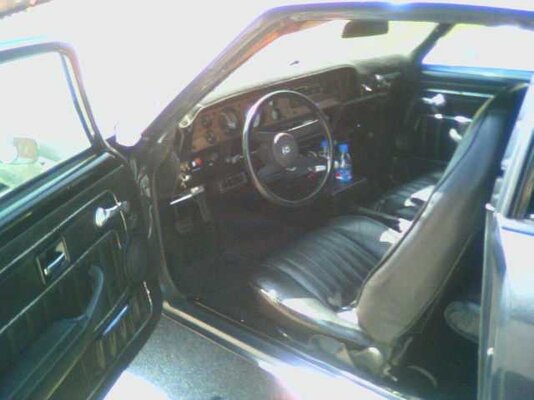
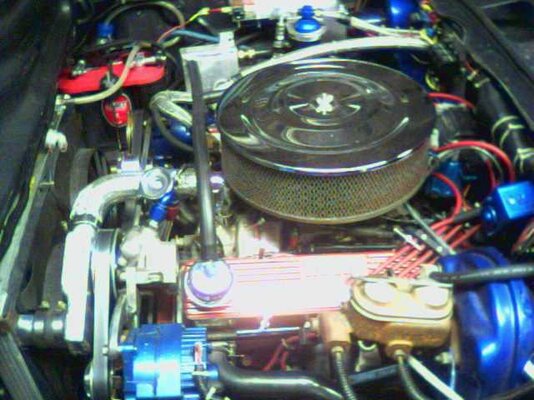
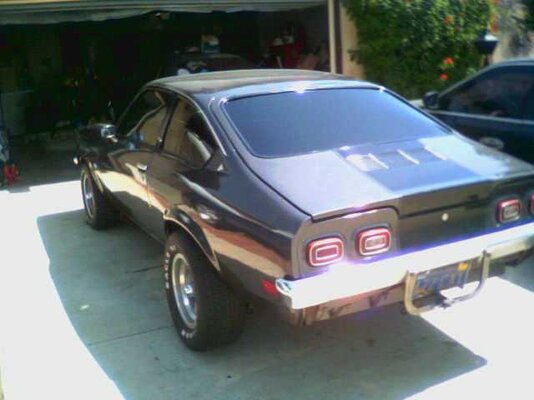



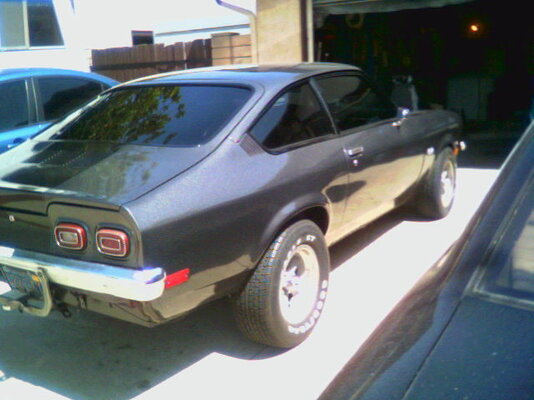
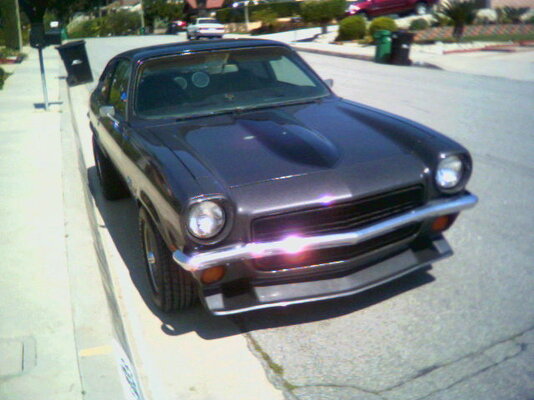
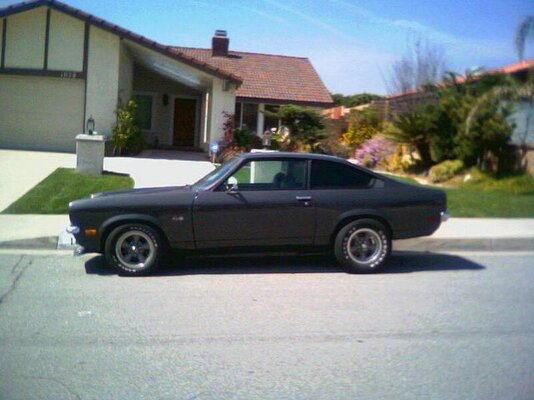
I have a 340 Duster with the stock cam and heads (10.5:1) that pinged all the time. I won't tell you how I modfied that, but I outran a 1969 hemi Road runner 6 times out of 7 ( I missed a 2-3 shift once) and his car ran 12.17 at OCIR. The car was owned and driven by Bill Phillips who was workig for Motor Trend Magazine at the time (around 1971 I think).
I also built a Chevy 350 early LT1 that is a cc'd 12.5:1 compression ratio with a negative deck clearance (pistons stick out of the block at TDC by .020), running a permatorque head gasket that is .034 compressed. The cam is a Sig Erson HiFlow I Hydraulic installed straight up. Carb is a Holley 780 Vacuum Secondary (retrofitting a FiTech 600 hp unit). Here is how I keep my quench (twisted wedge aluminum heads) and still run on pump gas: I run 18 degrees initial ignition timing and the rest is ALL controlled by VACUUM! No mechanical advance whatsoever. It runs on 91 octane California gas and the acceleration in my 1971 Vega will make your eyes bleed. Most people think that you need to run 34 degrees total, but that is not true if you have a fast burn chamber. The main/ONLY consideration is where the piston is during the burn cycle. I used to have a small journal 327 in this car since 1976 with the same cam and stock iron heads and drove it back and forth to work (20 miles) for over 300,000 miles. It still passed smog when I took it out. The car is a little heavier now (3200 pounds) because I installed a subframe that goes from the engine mounts all the way to the rear end mounts (narrowed 12 bolt with posi). I used to have a 400 turbo hydro with an overdrive, but broke one of the gears in it. I now have a 700R4 with a 2200 rpm stall speed convertor. This setup works. My mentor for the negative deck height was Doug Roe (chief head design research engineer for Chevrolet for 17 years).








